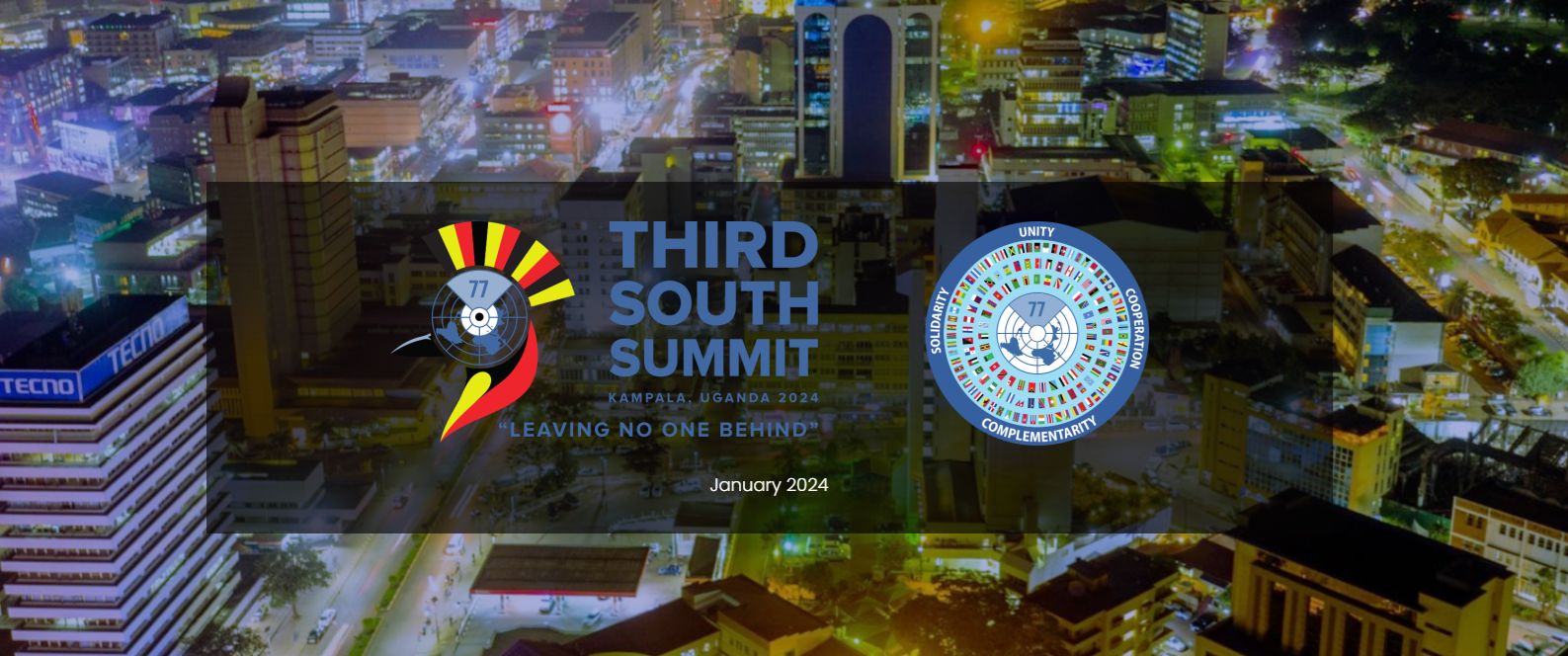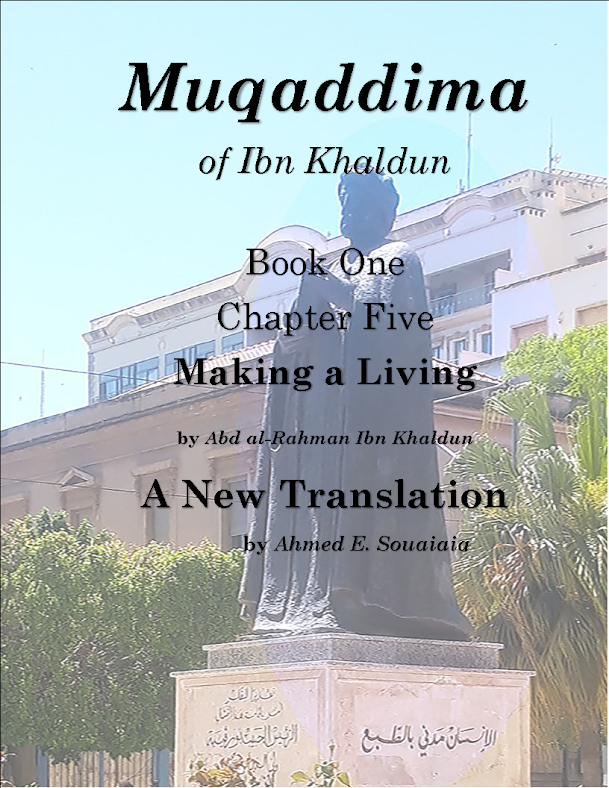
G77 + China: The largest intergovernmental coalition within the United Nations meets at turning point
The intergovernmental organization known as the G77 + China holds its summit this month in Africa. The summit is held during challenging time. UN secretary...







































